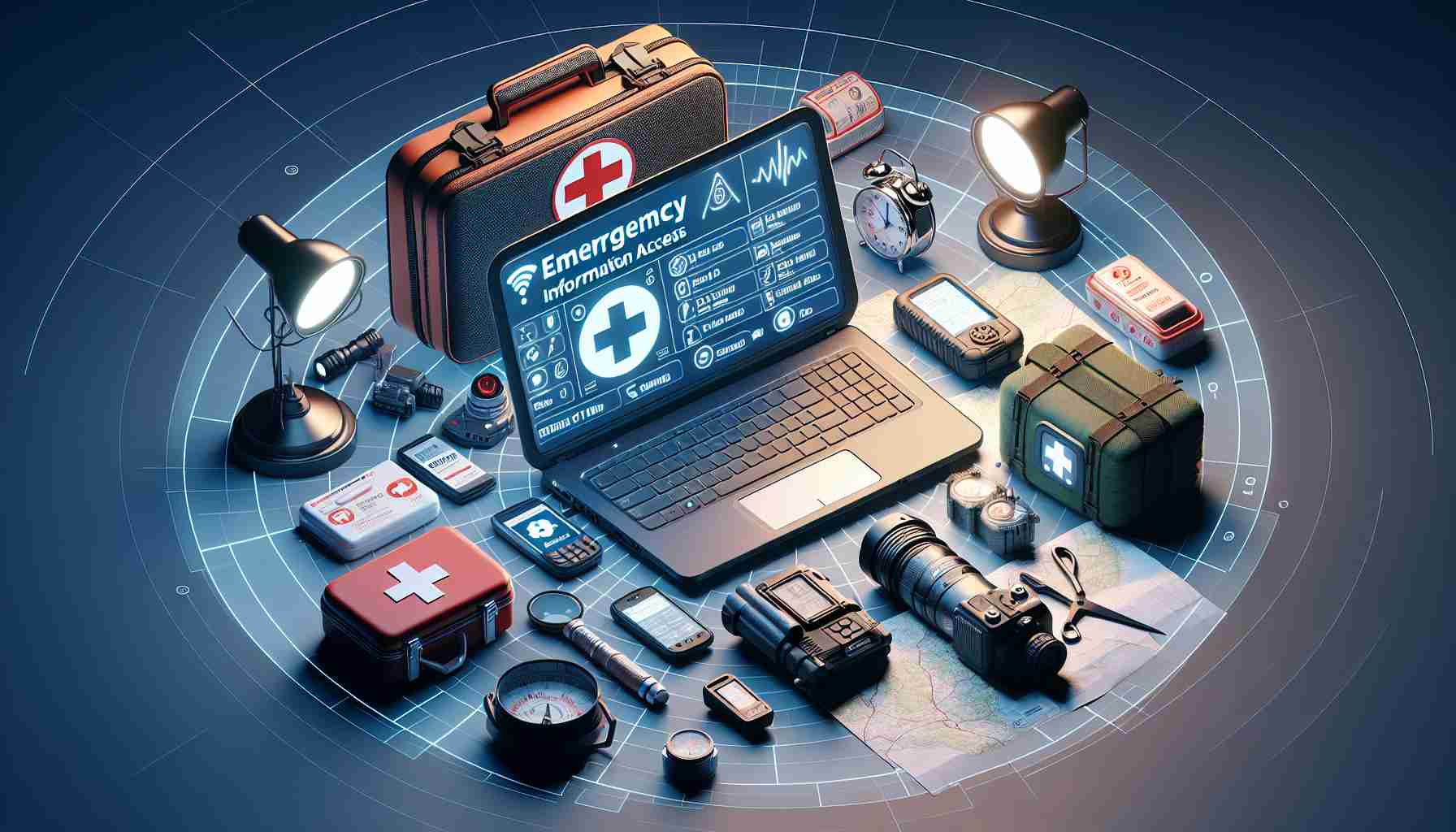Having a clear plan for emergency situations can be lifesaving. In instances when individuals are incapacitated due to accidents, it is crucial for first responders to access vital health information swiftly. Many people have taken proactive measures by carrying emergency information in various formats, ranging from physical cards to digital applications.
For iPhone users, the integrated ‘Health’ app provides a dedicated feature for emergency data. Here, users can input essential details such as their blood type, any existing allergies, organ donation status, and current medications. Furthermore, there is an option to display this information even when the device is locked, allowing immediate access for rescuers.
Android devices also offer similar functionalities within their settings. Under the ‘Security and Emergency’ section, users can input medical information and designate emergency contacts. By configuring the display settings for the lock screen, emergency personnel can quickly swipe to access the necessary data.
In addition to digital solutions, individuals with public health insurance can request that their emergency data be stored on their electronic health card, which responders can access during emergencies. Furthermore, having a printed emergency information card is often recommended, as many health insurance providers offer templates for easy preparation.
While mobile devices are perfect for essential health details, comprehensive treatment preferences should be noted in legally binding documents, such as advance directives, which can also be referenced in smartphones for easy accessibility.
Essential Tips and Facts for Accessing Emergency Information
In critical situations, having immediate access to emergency information can significantly impact the outcome of a health crisis. Not only can it aid medical responders, but it can also provide peace of mind for family and friends. Here are some practical tips and interesting facts to enhance your preparedness for emergencies, offering useful guidance for life, work, and school.
1. Create a Backup of Your Emergency Information
While having your emergency details stored digitally is vital, it’s also prudent to maintain a backup. Consider keeping a printed version of your emergency information in a safe but accessible location, such as your wallet or bag. This ensures that if your device is lost or damaged, critical information is still available.
2. Utilize Cloud Storage for Important Documents
Save copies of essential documents like advance directives or health insurance information in a secure cloud storage service. This allows you to access these vital documents from any device, even in emergencies. Services like Dropbox or Google Drive can be handy; just remember to set adequate privacy settings.
3. Share Your Emergency Plan with Family and Friends
Communication is key in emergencies. Discuss your health information, medications, and emergency contacts with close friends or family members. Make sure they know where your emergency information is stored, ensuring they can assist you quickly if needed.
4. Regularly Update Your Information
Our health situations can change frequently. Make it a routine to review and update your emergency information every few months or whenever there’s a significant change in your medical status. Keeping this information current ensures that first responders have the correct and most relevant data.
5. Include Your Pets in Your Emergency Planning
If you have pets, it’s wise to include their information in your emergency plan. Create an emergency contact who can care for them, document their medical needs, and keep an identification card that includes information about their microchip or vaccination status.
6. Know Your Rights About Privacy and Emergency Information
Familiarize yourself with HIPAA (Health Insurance Portability and Accountability Act) regulations and how they relate to emergency situations. Understanding these rights can help you ensure that your sensitive information is handled properly by medical professionals in urgent situations.
7. Explore Emergency Notifications Apps
Consider downloading apps designed for emergency preparedness, such as health tracking and emergency alert applications. Apps like “ICE – In Case of Emergency” can help you manage your health data and provide quick access to your information during an emergency.
8. Educational Institutions Should Promote Awareness
Schools and workplaces ought to conduct workshops on emergency preparedness, focusing on creating emergency information plans and practicing them. By encouraging a culture of safety, individuals can be better equipped to handle emergencies when they arise.
By integrating these tips into your daily routine, you can enhance your preparedness for emergencies and ensure that critical information is readily accessible when it matters most. For more information on handling emergencies, visit Red Cross and stay informed about best practices.























